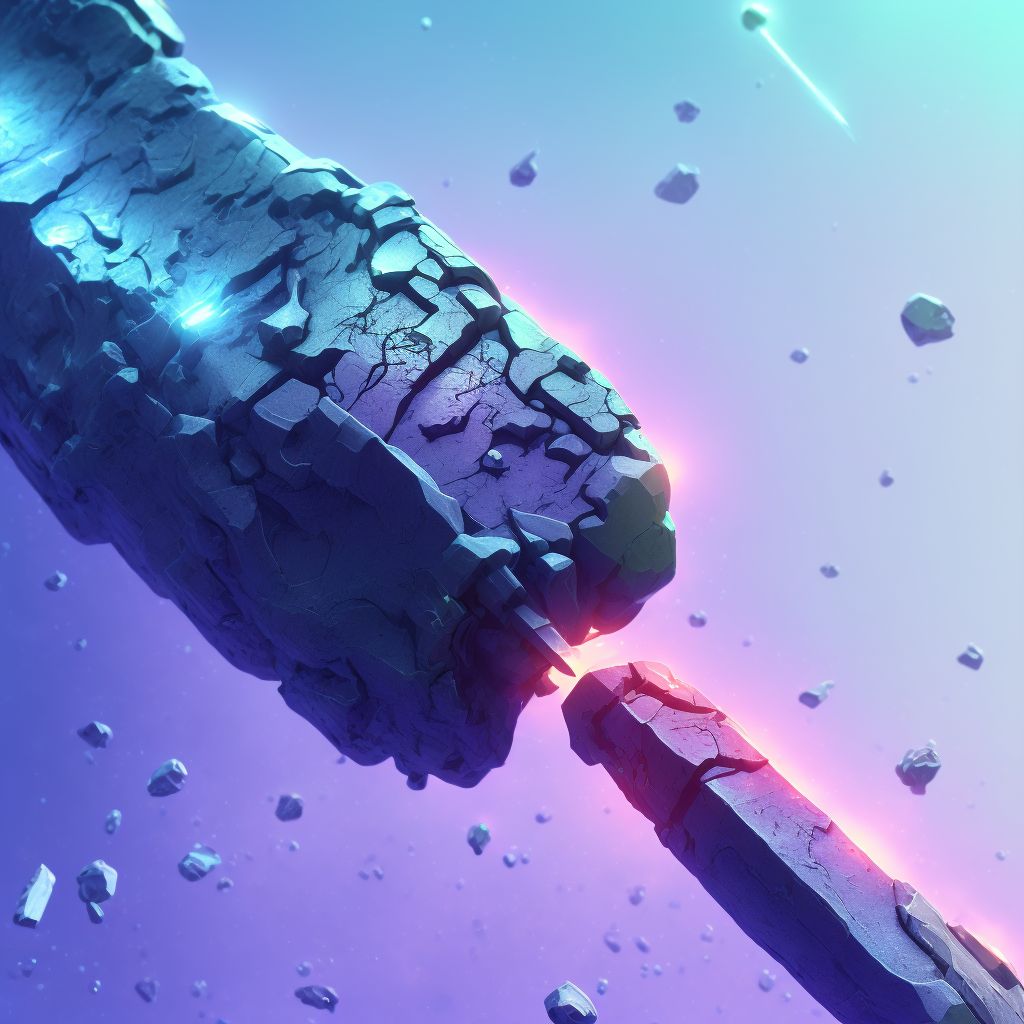
Nondisplaced oblique fracture of shaft of left fibula, subsequent encounter for closed fracture with malunion Save
ICD-10 code: S82.435P
Disease category: S82.435: Nondisplaced oblique fracture of shaft of left fibula
Nondisplaced Oblique Fracture of Shaft of Left Fibula: Understanding the Condition
When it comes to bone fractures, the nondisplaced oblique fracture of the shaft of the left fibula is a common occurrence. This type of fracture typically involves a break in the long, thin bone located on the outside of the lower leg. In this article, we will delve into the specifics of this condition, providing important information about its causes, symptoms, and subsequent encounters for closed fracture with malunion.
- Causes: Nondisplaced oblique fractures of the shaft of the left fibula often result from direct blows, falls, or sports-related injuries. Any forceful impact that exceeds the strength of the bone can lead to a fracture.
- Symptoms: Common symptoms of this type of fracture include pain, swelling, tenderness, and difficulty bearing weight on the affected leg. In some cases, there may also be visible bruising or deformity around the fracture site.
- Diagnosis: To confirm the presence of a nondisplaced oblique fracture of the shaft of the left fibula, a healthcare professional will perform a physical examination and may order imaging tests such as X-rays or CT scans. These tests help determine the extent and location of the fracture.
- Subsequent Encounter for Closed Fracture with Malunion: A subsequent encounter refers to a follow-up visit after the initial diagnosis and treatment of a condition. In the case of a closed fracture with malunion, this encounter focuses on monitoring the healing process and addressing any complications that may arise.
During subsequent encounters for closed fractures with malunion, healthcare professionals typically assess the patient's progress, evaluate the alignment of the healing bone, and address any concerns or complications. This may involve further imaging, such as follow-up X-rays, to monitor the healing process and ensure that the bone is aligning properly.
It's important to note that the purpose of subsequent encounters is not to discuss treatment options, as that is typically addressed during the initial encounter. Instead, these follow-up visits are aimed at tracking the progress of healing and managing any complications that may arise during the recovery period.
In conclusion, a nondisplaced oblique fracture of the shaft of the left fibula is a common type of fracture that can result from various causes. Understanding the symptoms, diagnosis, and subsequent encounters for closed fractures with malunion is crucial for both healthcare professionals and patients alike. If you suspect you have sustained this type of fracture, it is essential to seek medical attention promptly to ensure proper assessment and treatment.
Treatment of Nondisplaced oblique fracture of shaft of left fibula, subsequent encounter for closed fracture with malunion:
Treatment Options for Nondisplaced Oblique Fracture of Shaft of Left Fibula, Subsequent Encounter for Closed Fracture with Malunion
A nondisplaced oblique fracture of the shaft of the left fibula, subsequent encounter for closed fracture with malunion, can be a debilitating condition that requires prompt and appropriate treatment. In this article, we will discuss the various treatm...
To see full information about treatment please Sign up or Log in